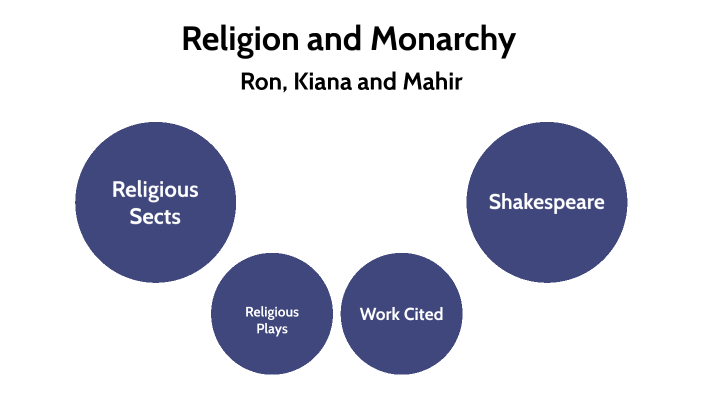The establishment of the Church of England represents a fascinating intersection of monarchy and religion, pivotal not just to British history but also to the landscape of Christian theology in the broader sense. This relationship intertwines the authority of the crown with ecclesiastical governance, outlining a unique paradigm in which faith and sovereignty meld into one. The intricacies of this balance, forged during the tumultuous reign of King Henry VIII, encapsulate profound themes of power, belief, and national identity.
Historically, the journey towards the establishment of the Church of England is deeply entrenched in the confluence of personal desires and overarching political imperatives. King Henry VIII’s fervent quest for a male heir precipitated a crisis not merely within his family but within the very fabric of religious life in England. His marriage to Catherine of Aragon, initially blessed, bore no surviving sons, leading the King to seek an annulment—a plea rooted in both personal and dynastic necessity. However, this desire encountered a formidable barrier: the Pope’s refusal to sanction the annulment, rooted in political complexities with Catherine’s nephew, Holy Roman Emperor Charles V.
This situation catalyzed a monumental shift. Frustrated with papal authority, Henry VIII embarked on a radical course that culminated in the Act of Supremacy in 1534, which effectively marked the birth of the Church of England. By proclaiming himself the Supreme Head of the Church, Henry not only severed ties with Rome but also instituted a national church that amalgamated elements of Catholicism and emerging Protestant tenets. This transition highlights a critical observation regarding the interdependence of monarchy and religion; the personal ambitions of rulers can ignite profound theological and structural transformations in religious institutions.
From a Christian perspective, this upheaval generated a theological dichotomy that remains significant today. The Church of England adopted a middle path—often referred to as the via media—incorporating Catholic traditions while embracing certain Protestant reforms. The Book of Common Prayer, a cornerstone of Anglican worship, epitomizes this synthesis by providing a liturgical framework that is both accessible and reflective of Protestant ideals. Consequently, the Church of England emerged not only as a religious institution but also as a foundational pillar of English identity, intricately tied to notions of privilege, governance, and national unity.
Yet, the establishment of the Church of England did not occur without profound societal ramifications. Resentment brewed among those loyal to the Catholic Church. The reign of Henry VIII and his successors witnessed episodes of persecution that ensued against those who opposed the new ecclesiastical order. This tension raises further reflections on the role of religion in mediating power and dissent; while the state sought to consolidate control, the faithful grappled with the implications of allegiance to a monarch who was now the arbiter of both spiritual and temporal authority.
Moreover, the complexities of this new ecclesiastical authority prompted a plethora of theological discourses, challenging traditional doctrines and venturing into uncharted theological waters. Scholars and theologians engaged in fervent debates regarding the nature of the Church, the relationship between faith and works, and the interpretation of scripture. These discussions profoundly influenced subsequent generations, fostering a diverse religious landscape that oscillated between conservativism and reform.
In subsequent decades, the English Reformation catalyzed a series of evolutions within the Church of England. The reigns of Edward VI and Mary I exemplified the tensions between Protestantism and Catholicism, further complicating the Church’s identity. The Elizabethan Religious Settlement ultimately sought to stabilize these tensions, reaffirming the principles of the established church while accommodating a variety of viewpoints. This period underscores the overarching narrative of struggle for religious definition within an emerging national identity, creating a distinctive religious milieu that has persisted into modernity.
Furthermore, the legacy of the monarchy’s role in church establishment extends beyond its historical significance, inviting contemporary reflections. The monarch’s position as the Supreme Governor of the Church of England invites examination concerning the ongoing relationship between faith and governance. It raises poignant inquiries regarding the nature of authority and accountability within both ecclesiastical and secular realms. In a time characterized by pluralism and diverse religious expressions, the Church of England operates as a case study in the balance of power and belief—demonstrating both the flourishing and the fractures that can arise when faith is intertwined with governance.
The transformation of the Church of England illustrates the complexities inherent in the intertwining of monarchy and religion. It prompts both admiration and criticism, as facets of personal ambition, political maneuvering, and theological discourse continue to oscillate within the broader fabric of English society. This historical event serves as a compelling reminder of the far-reaching implications that arise when faith and power intersect—inviting not just an intellectual inquiry into the past but also reflections on the institutional role of religion in the contemporary world.
In conclusion, the establishment of the Church of England is more than a historical event; it is a profound exploration into the mechanisms of power, belief, and identity. It captures the devotion and dissension that marked a pivotal epoch in Christian history, one that reverberates in theological discourse, societal structures, and the ongoing relationship between church and state. The legacy of this intersection remains a vital part of the Christian narrative and invites ongoing investigation and understanding.



